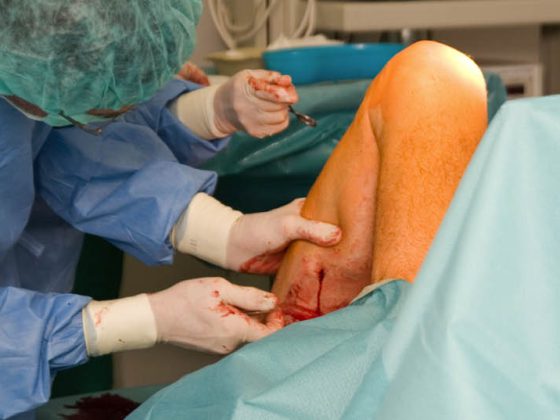Two exciting dermatological topics that are highly relevant in daily practice are the focus of this issue: the patient-oriented treatment of atopic dermatitis and pruritus in old age.
Prof. Dagmar Simon, MD, of Inselspital Bern, Switzerland, will provide a detailed and practical overview of current treatment strategies for atopic dermatitis, an inflammatory disease common in both children and adults. In doing so, she focuses on the individual patient: How can the clinical picture be treated in an individualized way? Especially because of the extremely diverse manifestations, such an approach has merit and makes sense. The article accompanies the reader through the possibilities of therapy, which in principle always includes the dual therapeutic approach “refatting and anti-inflammation”, but may vary, for example, depending on the affected regions, risks for superinfections, possible allergic triggers or the time course.
Prof. Simon also emphasizes the importance of patient education, which can actually be crucial for compliance, but also for the patient’s well-being.
PD Paul Bigliardi, MD, of the National University Hospital Singapore, who has been intensively involved in clinical and experimental research on pruritus for many years, writes about pruritus in old age, the treatment of which is also a challenge. In this context, the highly subjective perception of the stimulus complicates evidence-based research on therapy. There are many possible causes of pruritus: among the physiological ones, dry skin, which is common in old age due to the reduction of sebum and sweat, should certainly be emphasized. Likewise, the skin barrier, our protective system against irritating substances, is impaired. Re-greasing is therefore also a central pillar of treatment here, although good compliance with topical therapy is not always easy to achieve, as older people not infrequently have problems applying cream themselves due to limited mobility.
This DERMATOLOGIE PRAXIS therefore once again offers you an exciting and informative approach to highly topical skin problems that are frequently encountered in practice. I hope you enjoy reading it and send you my warmest regards.
Your
Prof. Dr. med. Peter Schmid-Grendelmeier
DERMATOLOGIE PRAXIS 2014; 24(2): 4











